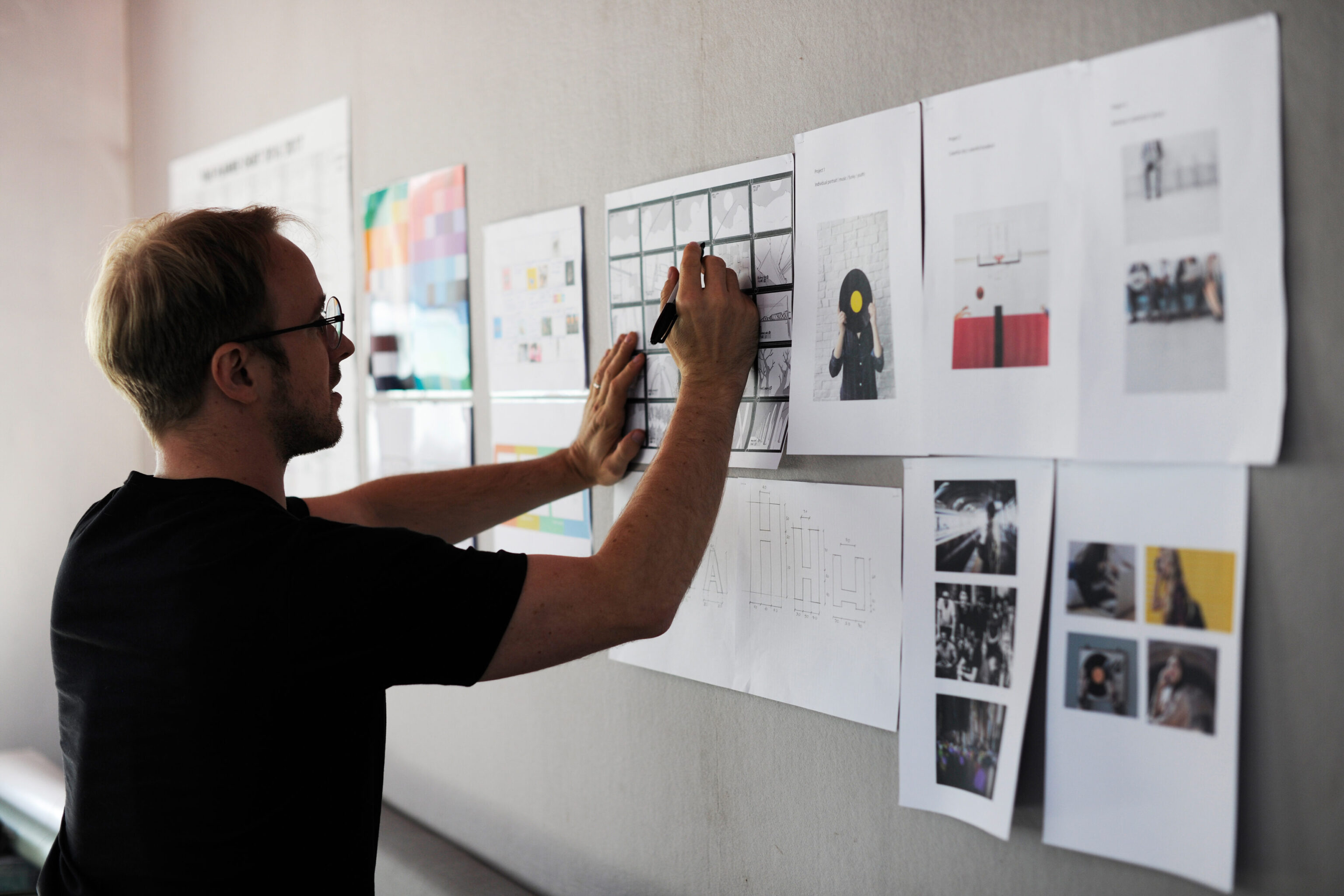Dear all of you fellow insight seekers out there,
Why the hell are we doing this? There are so many other things we could be doing. Like. So. Many.
Yet we choose this life…

- Moderating 12 IDIs in one day (only to break for a quick pee)
- Analyzing hundreds of pages of transcripts (until your favorite orange highlighter literally runs dry)
- Transforming any social gathering into a live focus group (and getting criticized for it every time)
- Rolling over in the middle of the night to capture the connection between dots that you haven’t been able to make until now (because you know you’ll forget about it by morning)
You know, that life. The insight seekers life.
As insights seekers, we pour our blood, sweat, tears, minds, bodies, souls, brains, fingers, toes, you name it… we pour everything we’ve got into what we do… and for what? Or more importantly, for whom?
Well, for our clients… right? Well, for the brands they represent. And if we want to get super technical here, for the people those brands serve.
But why do we do what we do? What are we really trying to accomplish every time we take on a project?
One word. Impact.

You know the old saying, if a tree falls in the forest and there’s no one there to hear it, does it make a sound”… or whatever it is…
The same goes for insight. If an insight is shared with a client and it doesn’t have an impact, is it truly an insight?
I’d argue, no, not really.
We can say all the things. The most beautiful, articulate, clever, and crafty things in a debrief. We can think we are the smartest people in the room. But if what we produce doesn’t impact our client in a deep, human, and actionable way (and therefore doesn’t help to solve their business challenge)… then what’s the f*cking point. In other words, outcomes > outputs.
So, here’s the million-dollar question that most of us spend our entire careers obsessing over… How do we ensure an insight will have impact?
Here are a few thoughts.
An insight without impact:
- Is interesting.
- Good to know.
- Relatively moving.
- Something you might share with an acquaintance over a latte.
Whereas, an insight with impact:
- Answers client’s questions directly… like right on the nose – You know, those list of questions and objectives a client carefully includes in their brief. Ya, those questions. Insights should answer those questions. If not, you may want to go back to the drawing board.
- Is beautifully and refreshingly clear and simple – It isn’t wishy-washy. It doesn’t waiver. It doesn’t use language people won’t understand (let alone be able to pronounce). It sees the point and goes straight for it, full speed. Because overcomplicating an insight for the sake of sounding smart is just, well… not smart.
- Gives a client a bit of deja vu – A great insight feels familiar but teaches the audience something new. It illuminates a connection a client hadn’t made themselves, or affirms something a client already knew, just hadn’t seen written down yet. Which gives them the warm and fuzzies inside. And they’re like,“Oh ya, there it is, I get that!” And more importantly, “I can use that!”
- Makes a client feel uncomfortable… but in a good way – Great insight can be like a mirror. But one of those terrifying high-def mirrors that reveal the smallest of hairs. It forces a brand to see the things they may not want to see (or accept) and work through them. It forces them to think differently about their audience, category, or brand, or challenges a bias that has lived in their business for decades. And I mean decades.
- Is grounded in human emotion and makes a client feel – It strips away all the bullshit and reveals very simply how people feel and experience the world (which includes the category and the brand). Because when it comes to insight, feeling is believing (it’s cheesy but true).
And really importantly… an insight with impact directly, inextricably, and undeniably informs the outcome. This is what it’s all for. The blood, sweat, tears, all of it. To be used to solve a concrete business problem. If an insight doesn’t help to inform or solve, or action against said problem… sorry, your client will also agree, NOT an insight.
So how do you know when an insight has impact?
Well, it’s all in how the client reacts to what you present in a debrief (and thereafter). Watch them carefully…
- Their eyes may light up.
- They smile.
- They get quiet, but in a good way.
- They might nod profusely.
- They write things down. A lot of things (word for word).
- They relate to the work by sharing a personal story.
- They start to use your language.
- They start asking themselves questions. Big questions. Tough questions.
- They start challenging each other.
- They begin connecting the work to other work they’ve been doing.
- They ask for your advice regarding things outside of the study (because they trust you and are genuinely interested in your opinion).
- They show interest in socializing it within their organization… and even presenting it themselves!
- They follow up months later just to tell you what they did with the work.
- Oh and then they send you another RFP.
Then you know.
You did it.
They get it.
They feel it.
It’s sunk in.
It had impact.
Then, and only then, do we know we’ve done the insight seekers job well.

So here’s to us. Us insight seekers. Who choose to dedicate our professional lives to this stuff. We’ve got a big job to do… so what we need to do is continue to believe in it, believe in ourselves, and deliver it in a way where our clients will believe in it too… so the work that we do has a real, clear, tangible, meaningful impact on brands and people. So let’s see what we can do, shall we?
Love,
Brynn 😉


